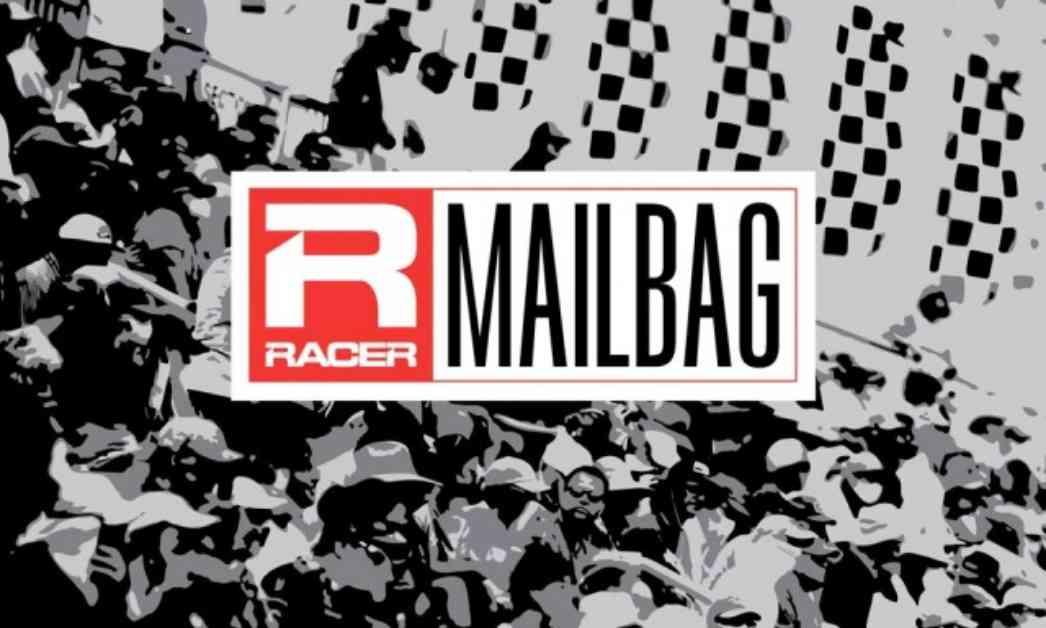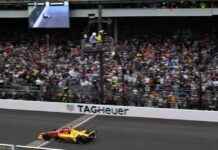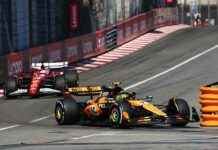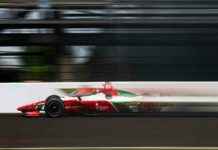The RACER Mailbag is a platform where racing enthusiasts like you can send in questions to be addressed by RACER’s team of writers. Questions can be submitted to mailbag@racer.com by 3pm ET each Monday for a chance to be featured in the next week’s edition. We appreciate all your comments and opinions, but questions are more likely to make it to print.
Future of IndyCar and Manufacturer Participation
One of our readers, Kris from Kokomo, recently expressed his concerns about the future of IndyCar, particularly in terms of manufacturer participation. With Ford’s recent entry into the World Endurance Championship (WEC), Kris wonders why other manufacturers are hesitant to join IndyCar, especially given the absence of a new chassis until 2027. He reminisces about the past glory days of the Indianapolis 500 when manufacturers like Buick/Menard and Mercedes were at the forefront of the sport. Kris questions the allure of IndyCar’s charter system and spec chassis and seeks insight into the incentives that the series provides to manufacturers.
In response to Kris’s concerns, seasoned journalist Marshall Pruett sheds light on the historical context of IndyCar’s struggles with securing manufacturer partnerships. Marshall highlights the responsibility of the Hulman George family and IndyCar CEO Mark Miles in addressing this issue. He acknowledges the challenges faced by the series in attracting new manufacturers but emphasizes the importance of Penske Entertainment’s efforts to showcase the value of IndyCar to the auto industry. Marshall points out the significance of TV ratings, audience growth, and younger fan engagement in influencing potential manufacturers’ decisions to join the series in 2027.
Looking ahead, Marshall underscores the need for Penske Entertainment to secure the commitment of its current manufacturers, Chevrolet and Honda, while also attracting new entrants to the sport. He emphasizes the pivotal role that the 2025 season will play in shaping the future landscape of IndyCar and encouraging investments from the auto industry.
24 Hours At Daytona: Tire and Suspension Concerns
Brandon Karsten, a spectator at this year’s 24 Hours At Daytona, raises questions about the prevalence of tire and suspension failures during the race. He recalls witnessing the No. 5 Mustang Sampling Porsche spin after a suspected tire blowout and inquires about the challenges faced by Michelin and the impact of suspension setups on tire failures.
In response to Brandon’s observations, Marshall Pruett provides insights into the dynamics of endurance racing and dispels concerns about systemic tire or suspension failures during the event. Marshall points out that teams do not share setups, making it challenging to pinpoint specific causes of tire failures. He mentions the introduction of new curbing at the Le Mans Chicane as a potential factor affecting driver behavior and tire performance. Marshall also highlights the inherent risks of endurance racing, such as debris-induced tire punctures.
Reflecting on Brandon’s query about tire durability and racing quality, Marshall emphasizes the trade-offs between tire compounds and racing excitement. He cautions against opting for harder tire compounds that sacrifice grip for durability, as they could lead to less competitive and engaging races. Marshall cites examples from past races to illustrate the impact of tire choices on racing dynamics and spectator experience.
IMSA Schedule Expansion and Racing Dynamics
Joe Hartsel raises the issue of expanding the IMSA schedule to maintain fan interest and capitalize on the series’ growing popularity among manufacturers and fans. He advocates for additional races at iconic venues like Mid-Ohio and Circuit of The Americas (COTA) to bridge the gaps in the current schedule and enhance the overall racing experience.
In response to Joe’s concerns, Marshall Pruett delves into the unique characteristics of endurance racing that distinguish IMSA from other motorsport series. He highlights the challenges associated with organizing and funding longer races, such as the Rolex 24 and Sebring’s 12 Hour, which require substantial investments from teams and manufacturers. Marshall acknowledges the appeal of an extended season with more races but underscores the financial constraints and logistical considerations that limit the feasibility of expanding the schedule.
Drawing parallels with European counterparts like the World Endurance Championship (WEC) and the European Le Mans Series, Marshall emphasizes the balance between race frequency and endurance racing traditions. He posits that a longer season could benefit IMSA if manufacturers and teams show interest in participating in additional races. Marshall underscores the importance of maintaining the endurance racing ethos while exploring opportunities for schedule expansion to cater to evolving fan preferences and industry trends.












